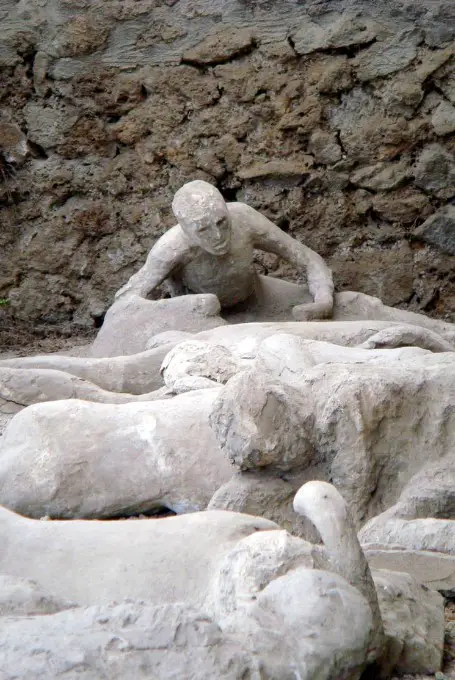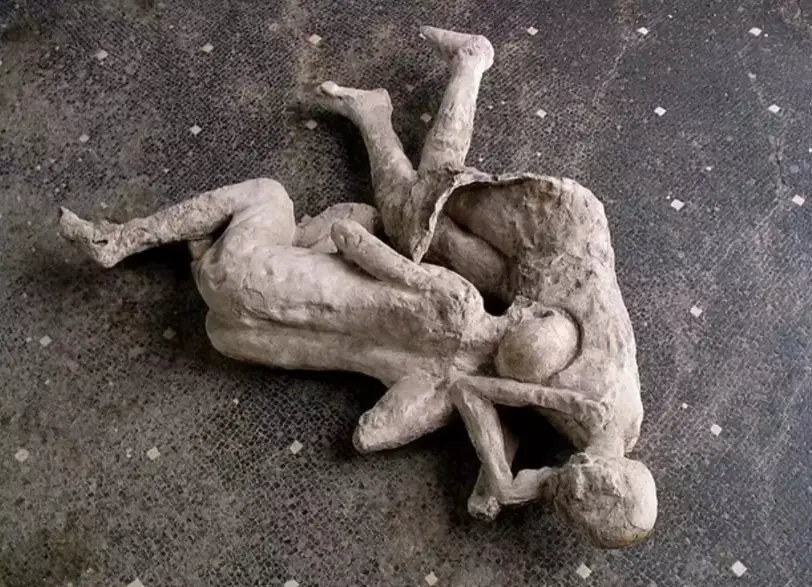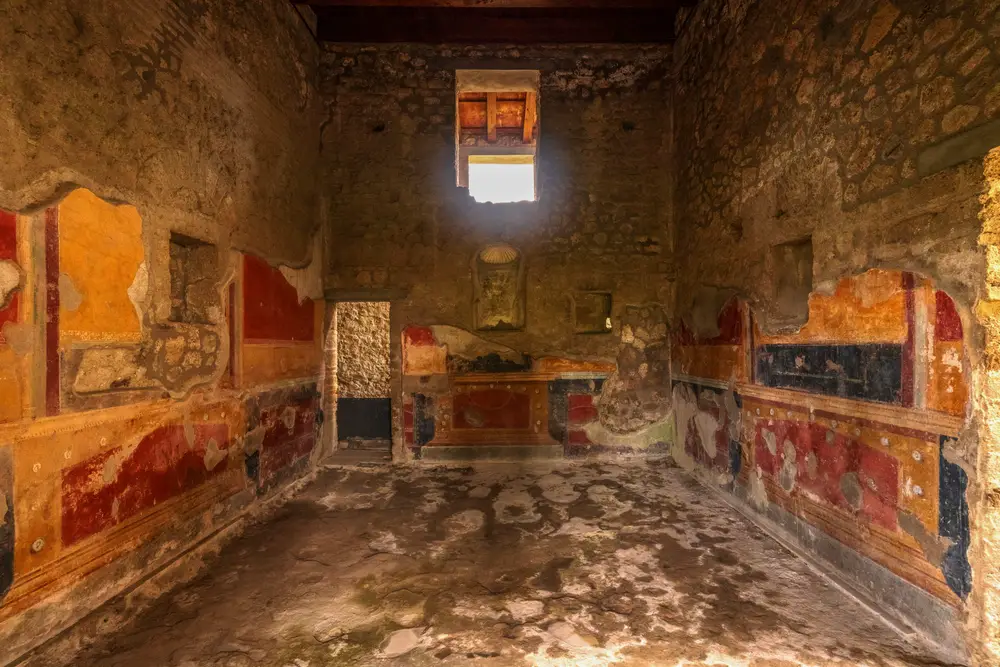Scientists examining Pompeii’s ruins have made groundbreaking DNA discoveries, challenging long-held beliefs about some of the ancient city’s residents who perished in the AD 79 eruption of Mount Vesuvius. While plaster casts have historically suggested narratives of family members and loved ones embracing in their final moments, new genetic evidence reveals otherwise. In one case, a cast depicting a man holding a child, previously thought to show a parent and child, turned out to be of two unrelated individuals, casting doubt on interpretations of family dynamics among the victims.

This new research, conducted by the Max Planck Institute for Evolutionary Anthropology, analyzed 14 plaster casts, revealing surprising results. For instance, a pair long assumed to be mother and daughter were discovered to actually be a man and a woman. Alissa Mittnik, a lead researcher on the study, explained, “It opens up different interpretations for who these people might have been,” suggesting that the interpretations may have been skewed by modern perspectives on family relationships.

The study builds upon a 2022 breakthrough when researchers sequenced the genome of a Pompeii victim for the first time, showing that DNA could indeed be extracted from remains preserved in the volcanic ash. This advancement offers a more detailed look into the lives and social structures of Pompeii’s people, challenging the assumptions often made from just observing the positions and artifacts found with the bodies.

Published in Current Biology, the findings underscore how modern technology continues to reshape our understanding of ancient tragedies like Pompeii. By illuminating these individuals’ true connections—or lack thereof—the research offers a glimpse into a society where assumptions about relationships and connections may have been very different from what was previously thought.




